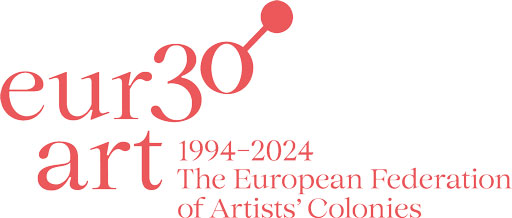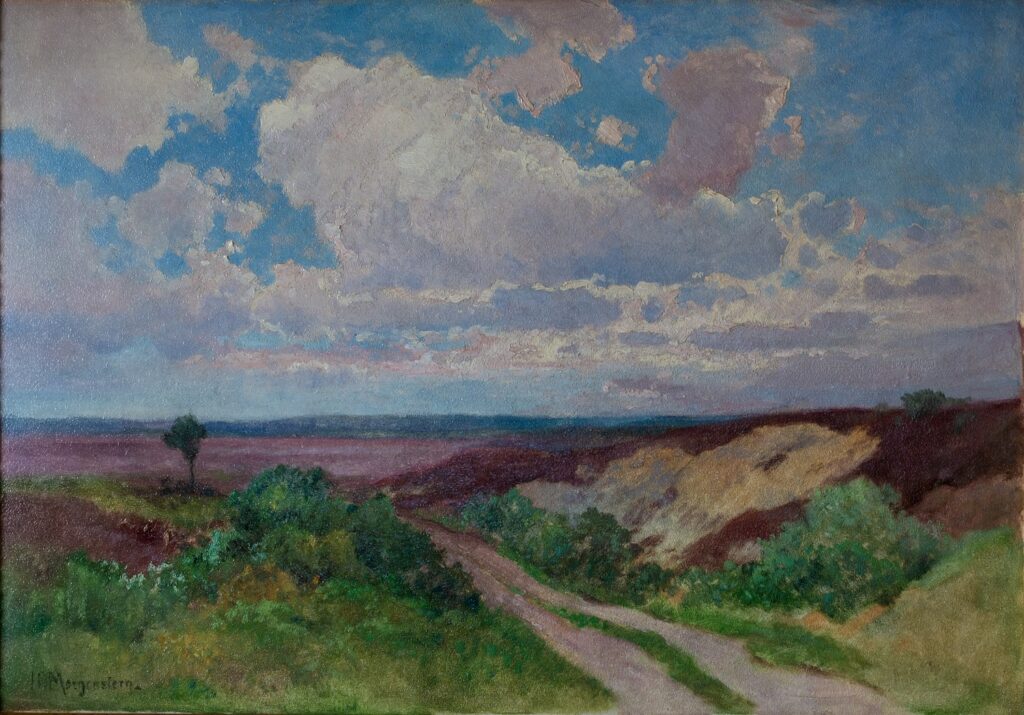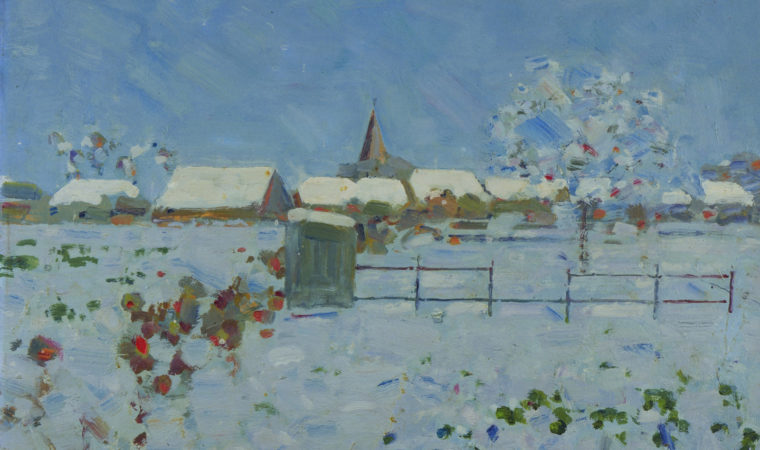Szklarska Poręba.The Artists’ colony Schreiberau in the Riesengebirge
Exhibition at the Schwaan Art Museum from 23 March to 16 June 2024
The town of Schreiberhau – today Szklarska poręba – attracted artists who saw the possibility of an individual, artistic existence on the edge of unspoilt landscapes and forests, in higher mountainous areas and remote villages. The Krkonoše Mountains with their unmistakable ridge line were perceived as rough and wild. It is therefore not surprising that the legendary world placed a figure such as Rübezahl in it. The Krkonoše Mountains have attracted the interest of artists ever since they were discovered by the Romantic artist Caspar David Friedrich in 1810. In 1890, the two brothers Carl and Gerhart Hauptmann decided to live in Schreiberhau and chose an old farmhouse (now the Carl and Gerhart Hauptmann House Museum) in the “Valley of the Seven Houses” (Polish: Dolina Siedmiu Domów) as the location for their creative work. The Hauptmanns’ house attracted many artists and writers. Their home was once a central meeting place for artists before the St Luke’s Artists’ Association was founded in the old watermill in Schreiberhau in 1922. Guests at the house included Paula Modersohn-Becker (1876-1907) and Otto Modersohn (1885-1943) from the Worpswede artists’ colony. Another frequent guest was the composer and pianist Anna Teichmüller (1861-1940), who set numerous poems and sonnets by Carl Hauptmann to music.
The Schwaan Art Museum exhibits paintings by artists from the Schreiberhau artists’ colony in the Giant Mountains in close cooperation with the Karkonoskie Museum in Jelenia Góra. The largest part of the collection of the former Schreiberhau artists’ colony is kept there. Part of the collection is on permanent display in the former home of Carl and Gerhart Hauptmann in Schreiberhau. Almost 40 works of art are on display, including works by Alfred Nickisch and Carl Ernst Morgenstern as well as Hans Emil Oberländer, who found an artistic home in both Schreiberhau and Ahrenshoop and – like the Hauptmann brothers with Hiddensee – is a link between two artists’ colonies.
A particular aim of the exhibition and the events is to make the artists’ colonies visible as a shared European heritage. In addition, the art museum is continuing its collaboration with the Rostock University of Music and Performing Arts and is seeking a more interdisciplinary approach in the connection between literature, music and painting.


